- Solar energy blog
- A panoramic overview of the overhead power line
A panoramic overview of the overhead power line


Natalia Opie
Manager of Customer Success
Natalia Opie leads the Customer Success team for RatedPower. She is passionate for renewable energies and their role within the global environmental transition and has a thorough understanding of the solar industry, backed by her BSc in Energy Engineering, her MSc in Renewable Energy in Electrical Systems, and six years of experience partnering with clients of different countries to develop profitable, optimized assets.
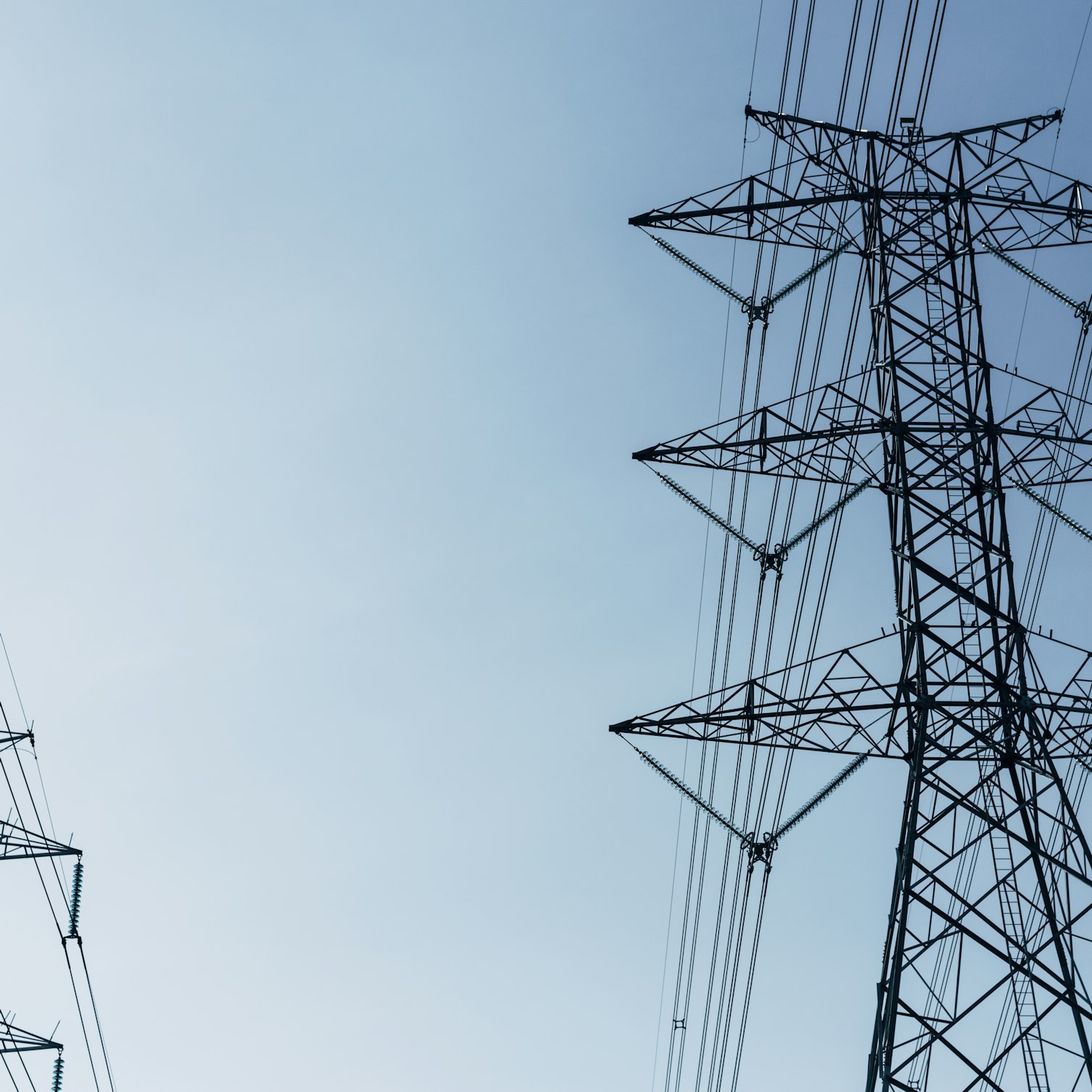
Ensuring that people are supplied with electricity is one of the greatest challenges in the energy sector. After all, what use is it generating power if it cannot be distributed and utilized by your customers?
With power grids all over the world expanding and beginning to integrate renewable power generation into their infrastructure, the need for reliable distribution lines is a priority. And that’s where overhead power lines come into play.
Let’s look at some of the benefits and innovations in overhead lines today.
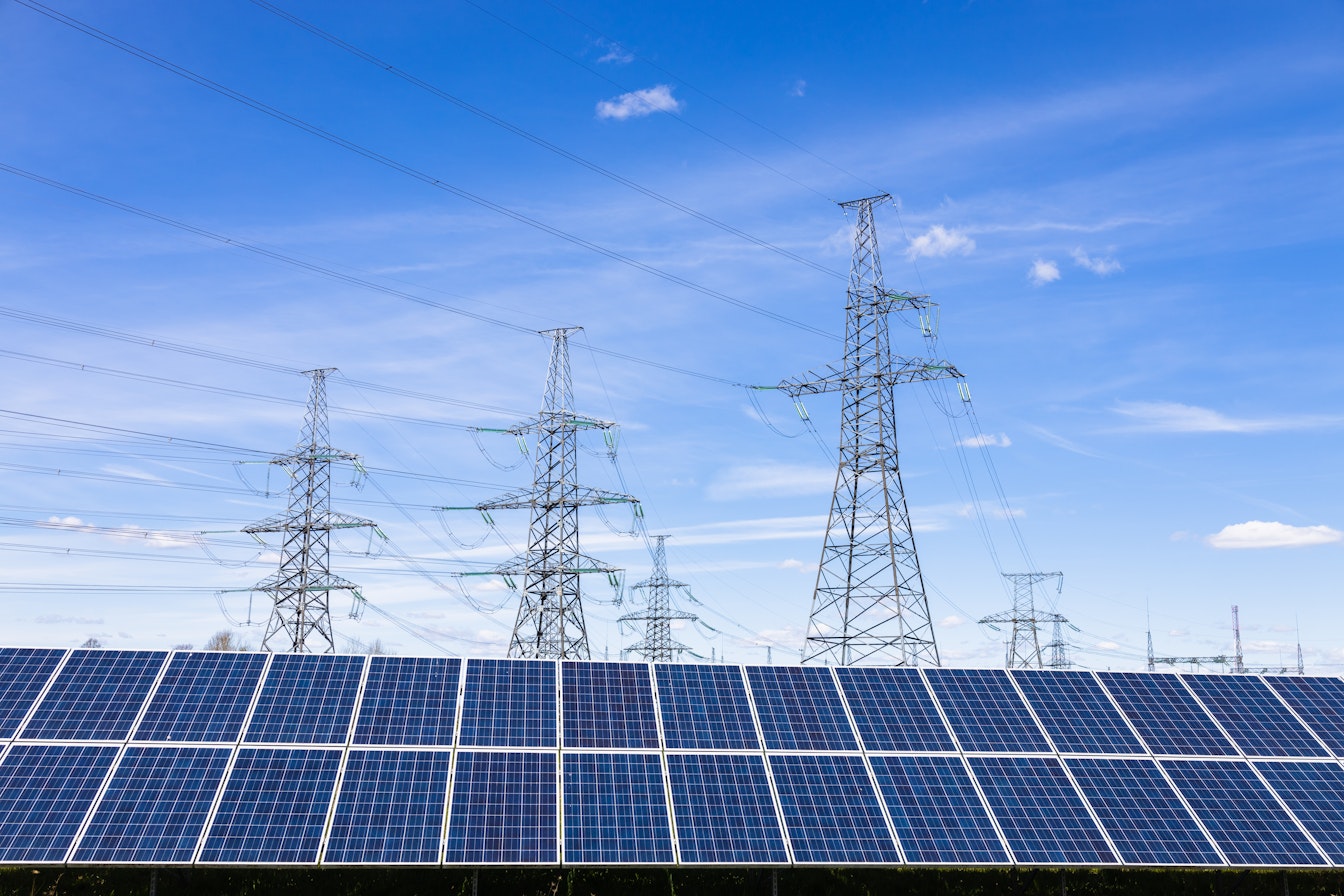
What is an overhead power line?
Overhead power lines are an integral piece of energy infrastructure. Simply put, their role is to enable efficient and reliable electricity distribution across large distances. They transmit electricity from power plants and generators directly to homes, businesses, and industry.
Typically, lines are made of aluminum as it is lightweight, cheap, and relatively strong. The lines are sometimes reinforced with steel or copper for some medium voltage or low voltage lines over shorter distances.
Lines are run between utility poles and towers constructed of steel or aluminum to keep them high above the ground and minimize the risk of people coming into contact with them. Overhead lines are also categorized based on the voltage transmitted and line length.
Sign up to this webinar to delve into the technicalities of overhead power line design: Overhead lines: Its role in utility-scale solar and tips for designing them. Join Soukayna Jermouni, Product Manager & PV Engineer, and Gonzalo de Blas, AE, as they share the key overhead power line design considerations, give tips on how to position transmission or distribution lines, and then follow up with a demo showing how RatedPower delivers the overhead power line basic engineering.
Now that we have a basic understanding of overhead power lines and how they work, let's dig a bit deeper and discover more about other factors surrounding their use.
Overhead power lines 101
Supply & demand
Grid operators are in charge of balancing the supply and demand of electricity by dynamically delivering power through overhead lines as and when it is required. If there is a surge in demand, more power can be transmitted (as long as the capacity of the line allows it), and vice versa.
The electrical power supply can be up or downregulated depending on the circumstances, such as if extra power is required in an emergency situation, for example.
Additionally, innovations in energy storage technologies are now being integrated into the grid to help balance supply and demand further. Battery energy storage systems (BESS) are an example of this. BESS are storage devices that allow power generated, typically from renewable sources, to be stored and released when needed.
This, in turn, allows the power supply to be dynamically adjusted with demand and ensures that power is delivered exactly where it needs to go.
As countries continue to shift towards clean energy, grid saturation is one of the most significant challenges that surface. Download this eBook: How can we improve grid saturation in the clean energy transition, to learn how we can work towards a smoother transition to clean energy and optimize the use of renewable resource

Demand response programs
Building on the above point, the flexibility of transmission systems has allowed the adoption of demand response programs. These programs encourage consumers to shift their power use to off-peak hours, reducing the strain on the grid and reducing costs for operators and consumers.
Material & infrastructure innovations
Since power lines are often fairly high off the ground, they have to contend with factors such as high winds, storms, ice, and rain. Essentially, anything the elements throw at them. To prevent damage and loss of power, it is crucial that the lines are robust and durable.
New materials and designs for transmission lines and associated structures, such as towers and conductors, are continually being developed and refined. These innovations aim to increase the strength, durability, and efficiency of power transmission infrastructure.
New types of power lines are also being deployed, such as high-voltage direct current (HVDC) systems. These systems have the advantage over traditional alternating current (AC) systems as they can transmit power over long distances far more efficiently. HVDC systems are initially more expensive, but once installed, they improve the transmission system’s capacity, stability, and reliability.
Integration of renewable electrical power
As previously discussed, integrating renewable energy sources into the power grid has become a priority over recent years. BESS is one part of the equation, but other innovations and infrastructure upgrades are required to serve everyone with green energy.
Grids need to be expanded and connected to renewable energy generation sources to ensure that clean power can be delivered to consumers, businesses, and industries alike.
One of the ways in which this is being done is through the development of microgrids. These stand-alone energy resources can operate independently from the main grid, providing backup power during outages and improving overall system resilience.
One benefit of microgrids is the ability to connect renewable power sources to the main grid through overhead power lines. These clean sources can then be integrated into the power supply relatively easily, act as a backup energy source during outages, and provide extra energy supply when needed.
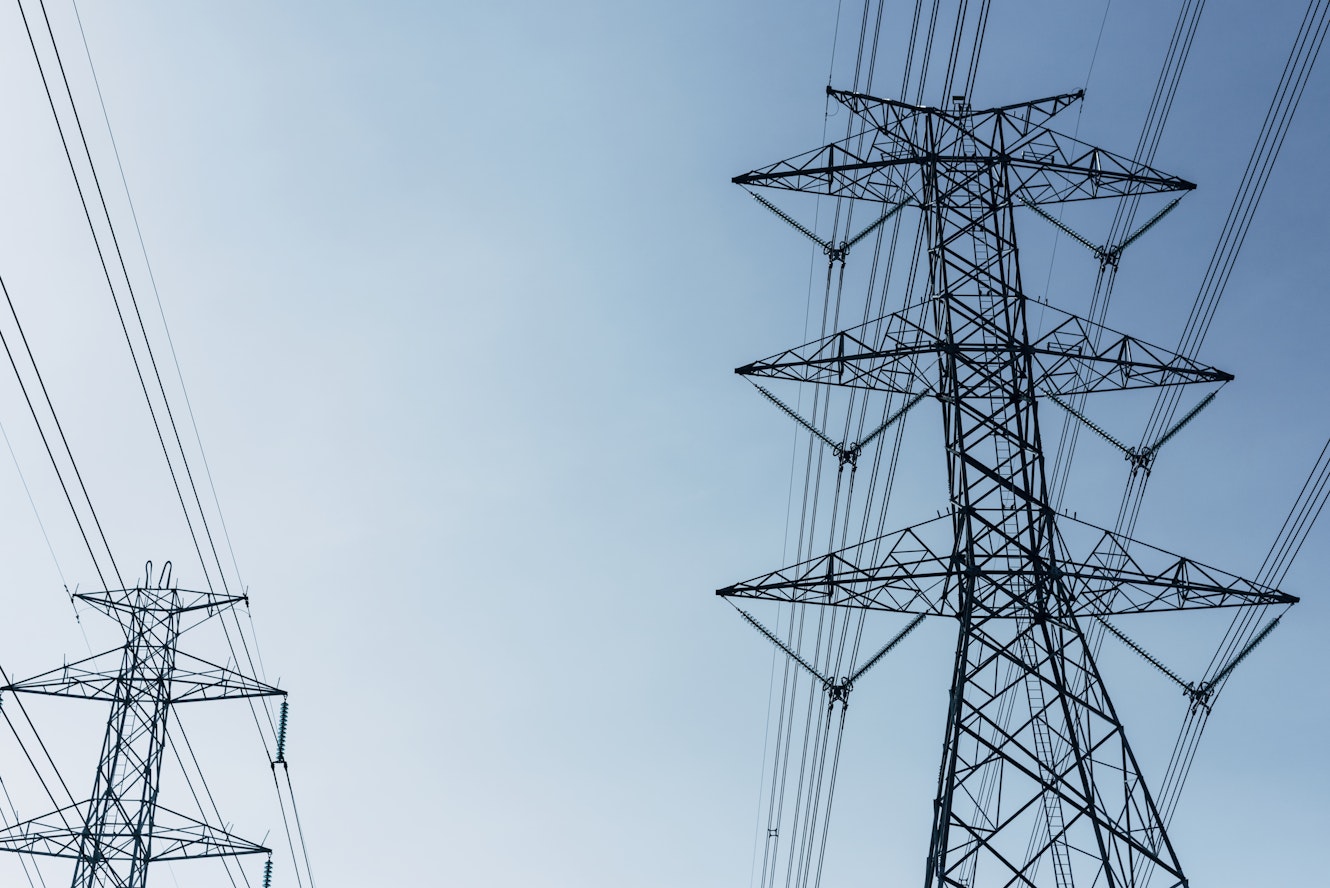
Digitalization and smart technology
Another way in which grids are increasing their reliability and efficiency is through the integration of smart technologies. This includes things like advanced sensors and control systems, equipment which can be used to monitor and optimize the performance and reliability of transmission systems.
With a higher level of digitalization and automation, the grid can more efficiently respond to changes in demand and adjust supply accordingly. By collecting data from various sensors and endpoints, operators can optimize transmission through power lines to ensure that costs are kept down and the power keeps flowing.
These smart technologies can also model and predict power demand, allowing operators to stay one step ahead and (in theory) prevent blackouts and issues before they arise.
Hopefully, this has given you more information about overhead power lines, how they fit into the electric power grid, and the innovations and technologies driving the clean energy revolution. For more information, tips, and insights into everything to do with renewable and solar PV energy, have a look at the Rated Power resources page!
Latest stories
Related posts
Technology and engineering
Outsmarting congestion: How efficient solar design helps navigate Nordic grid limits
Learn how Nordic operators and solar developers are adjusting to tighter grid conditions and how policy and design decisions are keeping projects on track.
Updated 16 DEC, 25
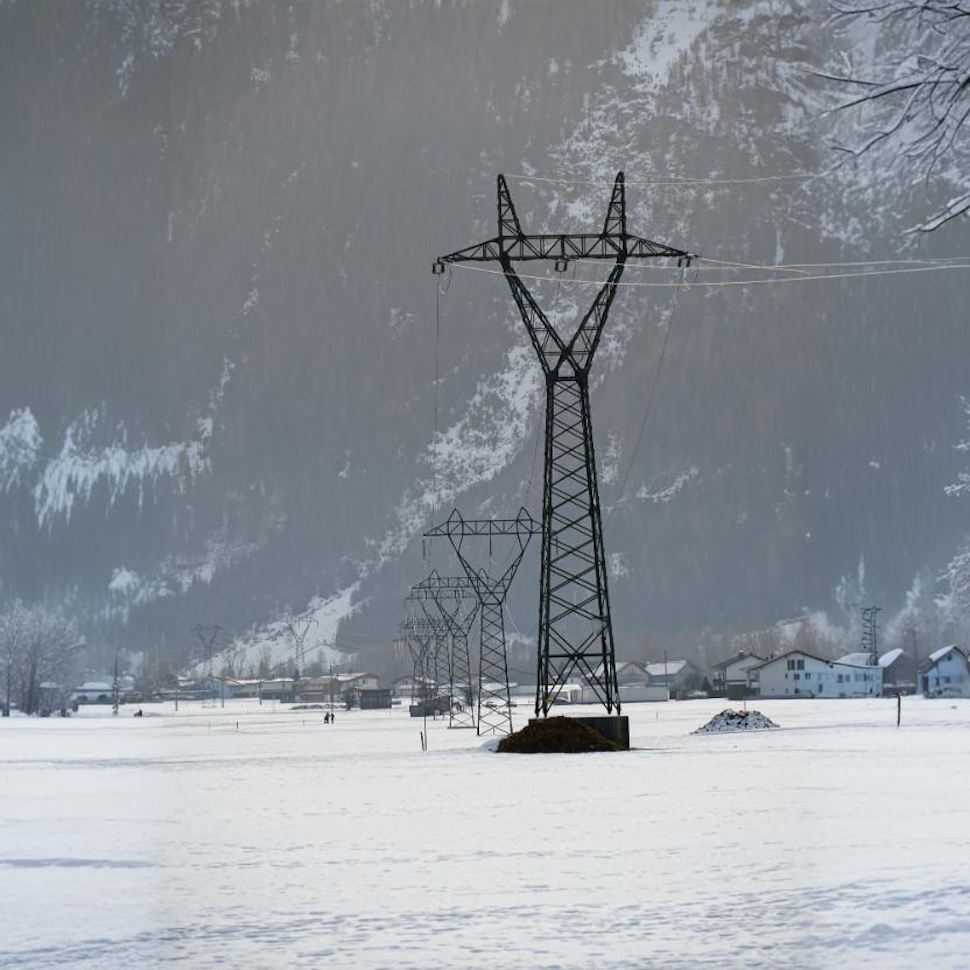
Market analysis
Powering through the peak: Why solar + storage is gaining momentum in MENAT
Discover how MENAT is building a functioning solar economy and why rising peak demand during extreme heat is squeezing its energy architecture.
Updated 11 DEC, 25

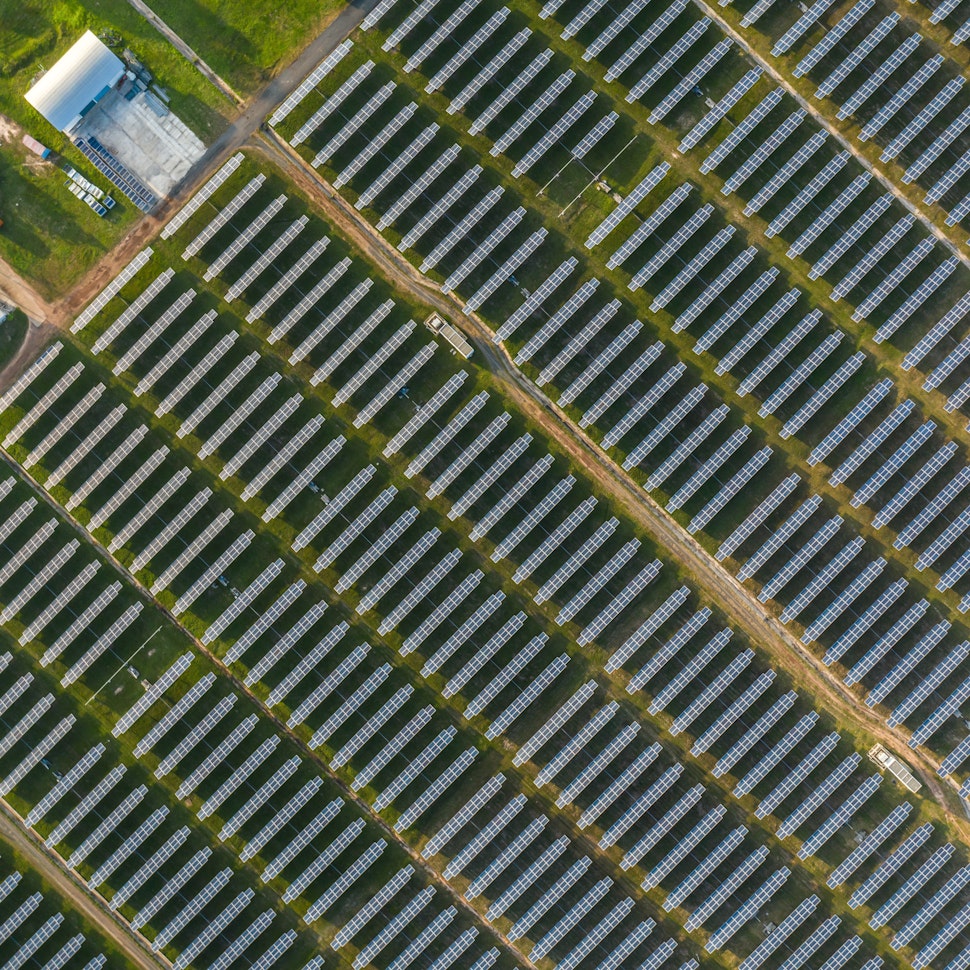
Market analysis
The rise of utility-scale PV + storage plants in Italy
Discover how Italy’s latest policies and auctions are driving utility-scale solar and battery storage projects to meet ambitious 2030 targets.
Updated 4 DEC, 25

- RatedPower
- Solar energy blog
- A panoramic overview of the overhead power line
 Watch a demo
Watch a demo Ask our AI Product Expert
Ask our AI Product Expert
